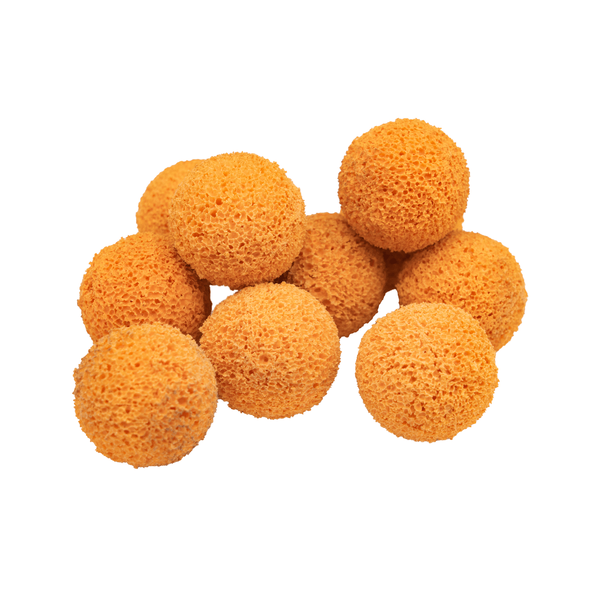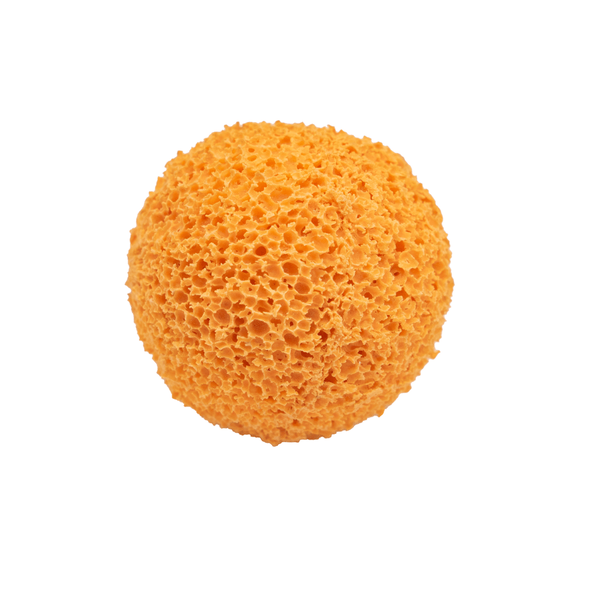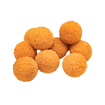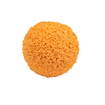Rubber Hose Sponge Cleaning Ball (30mm)
£2.29
Incl. VAT
£2.29
Incl. VAT (regular price)
Please note: This product has a slightly longer lead time. Our team wiil notify you with an estimated delivery date.




